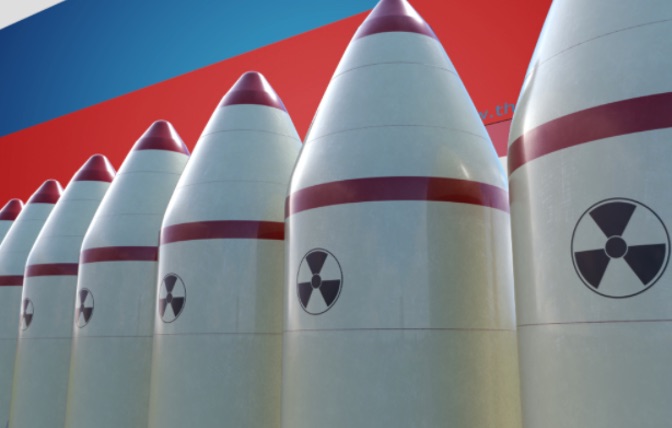

Anatoly Dobrynin an advance copy of the speech announcing SDI. Reagan instructed Secretary of State Shultz to give Soviet Ambassador to the U.S.

“I call upon the scientific community in our country, those who gave us nuclear weapons, to turn their great talents now to the cause of mankind and world peace, to give us the means of rendering these nuclear weapons impotent and obsolete.” retaliation to deter a Soviet attack, that we could intercept and destroy strategic ballistic missiles before they reached our own soil or that of our allies?” he said.
#Wyoming nuclear silo scare free#
“What if free people could live secure in the knowledge that their security did not rest upon the threat of instant U.S. On March 23, 1983, President Reagan announced the SDI program in a television address broadcast nationally. An anti-ballistic missile system-one which would give the United States complete protection from the Soviet Union-was the natural next step. Three weeks before the announcement of SDI, Reagan gave his famous “evil empire” speech, which branded the Soviet Union as the unequivocal enemy of the United States. In early 1981, he signed National Security Decision Directive (NSDD) 12, which included the creation of a “vigorous research and development program on ballistic missile defense systems.” Reagan also adopted tough anti-Soviet rhetoric and policy, a stark contrast to the decade of détente which preceded him.

“There must be something better than this,” replied a shocked Reagan (Shultz 262).Īfter his election in 1980, President Reagan demonstrated a continued interest in anti-ballistic missile technology from the early stages of his administration. A missile could be tracked, but there was nothing they could do to stop it from reaching its target. During his tour of the complex, Reagan-impressed with the extensive fortifications-asked General James Hill what would happen if a Soviet nuclear missile hit within the vicinity of the mountain. The NORAD headquarters are located deep inside the Cheyenne Mountain Complex, a military bunker near Colorado Springs. The need for an effective anti-ballistic missile system grew considerably in Reagan’s eyes after he visited the headquarters of the North American Aerospace Defense Command (NORAD) in 1979. This account was also confirmed by Teller, who wrote, “Fifteen years later, I discovered that had been very interested in those ideas” (Teller 509). According to George Shultz, the Secretary of State during Reagan’s presidency, the meeting with Teller was “the first gleam in Ronald Reagan’s eye of what later became the Strategic Defense Initiative” (Shultz 261). Teller argued that DEWs could potentially defend against a nuclear attack, characterizing them as the “third generation of nuclear weapons” after fission and thermonuclear weapons, respectively (Rhodes 179). Reagan reportedly was very taken by Teller’s briefing on directed-energy weapons (DEWs), such as lasers and microwaves. Reagan’s interest in anti-ballistic missile technology dated back to 1967 when, as governor of California, he paid a visit to physicist Edward Teller at the Lawrence Livermore National Laboratory. Otherwise known as “Star Wars,” SDI sought to create a space-based shield that would render nuclear missiles obsolete. During the 1980s, President Ronald Reagan initiated the Strategic Defense Initiative (SDI), an anti-ballistic missile program that was designed to shoot down nuclear missiles in space.


 0 kommentar(er)
0 kommentar(er)
